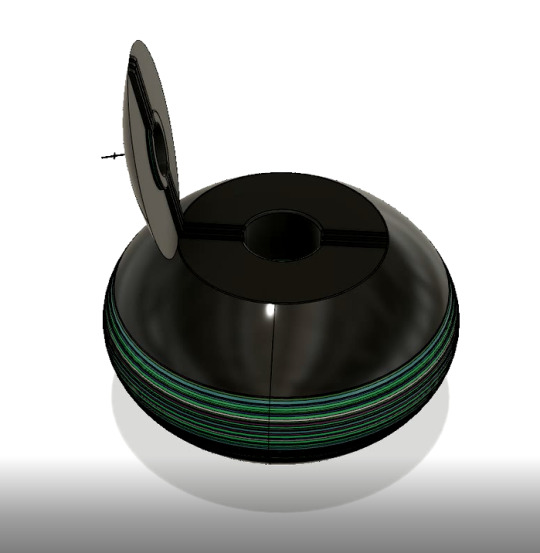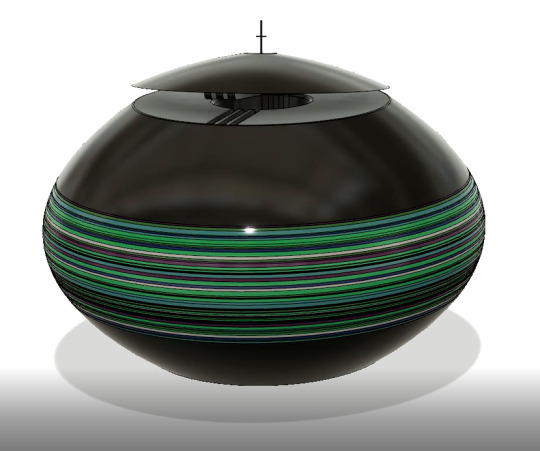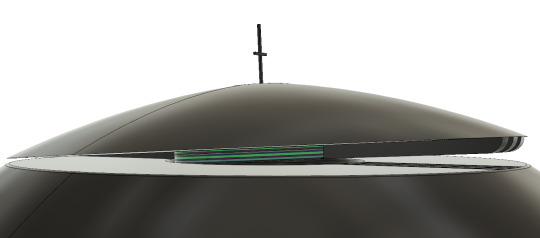Don't wanna be here? Send us removal request.
Photo



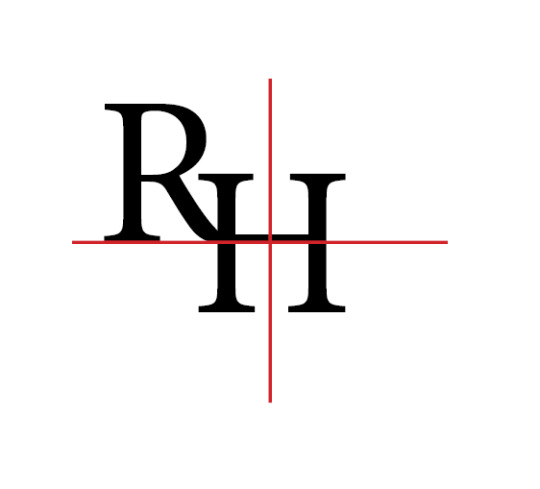

Logo
I came up with a simple and basic logo (image displayed last), again relating to the simplicity in Ralph Hotere’s work. The RH represent his initials and the red cross represent one of his famous black painitngs “Red on Black”, and it also reflects Hotere’s Catholic upbringing. The cross also creates four separate squares in which I wanted to show the geometric side of his work.
0 notes
Photo








Final Renders
My final form/enclosure. The movement used is the hinge, I chose this movement because it is simple and relates to the works of Hotere. The interior design is based around the upbringing of Hotere in a Catholic family. The cross handle represents Christ, God sacrificed his only son to die on the cross because of our sins. The three strips extruded on the bottom of the lid represents the Holy Trinity which is The Father, The Son and The Holy Spirit with each strip representing one. It also replicates the famous black painting “Indigo Violet VI”. The three strips are mirrored but indented on to the top surface of the main form. Therefore, when the lid is closed it will sit perfectly/flush into the main form.
0 notes
Photo
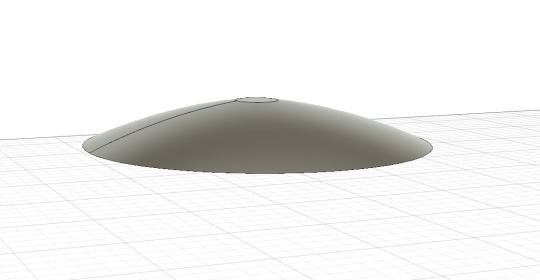
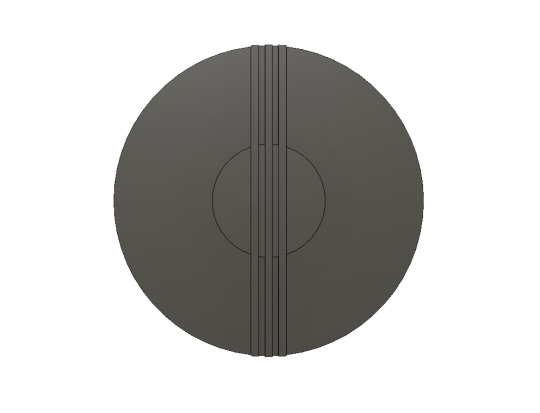

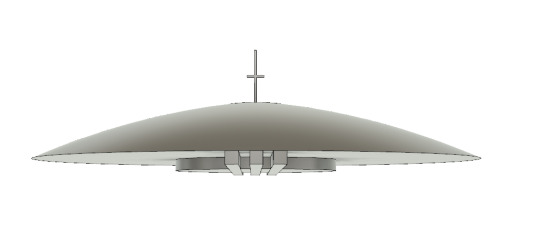
Lid
I chose to use this cross as the handle in which is used to open the enclosure. Reasons are because Hotere was raised in a close Māori Catholic family, therefore the cross represents Christ. Also, this replicates one of his paintings from the Black Paintings series “Red on Black”, which is simply a red cross on a black hard board. Again, there are reasons behind the design under the lid. It demonstrates one of Hotere’s black paintings “Indigo Violet VI”. Also, I sketched the three strips down the centre which represent the Holy Trinity, The Father, The Son, and The Holy Spirit. Again, relating to the fact that Hotere was raised in a Catholic family. This is something I was aiming to achieve when opening the enclosure and seeing the interior, you see what happened “in” his life.
0 notes
Photo




Main Form Development
I made a minor change to the top surface of my enclosure. I indented three strips because of the design of the lid, so when the lid is closed the extruded strips on the lid sit perfectlt/flush into the indented strips on the main form which are mirrored or aligned. The reason behind the three strips represent The Holy Trinity (The Father, The Son, and The Holy Spirt). Relating to the fact that Hotere was raised in a Catholic family, this is something I wanted to display in the interior to demonstrate soemthing you will ind out if you look “in” to his life. It also demonstrates one of Hotere’s black paintings “Indigo Violet VI”.
0 notes
Photo






Hinge Mechnism applied to Enclosure
The images above show how the mechanism functions. The top half of the mechanism is connected to the lid while the bottom half is connected to the base. Therefore, when the lid is opened, the top half of the hinge mechanism rotates with lid. The pivot point aligns with the centre of the two pieces (lid and base).
0 notes
Photo


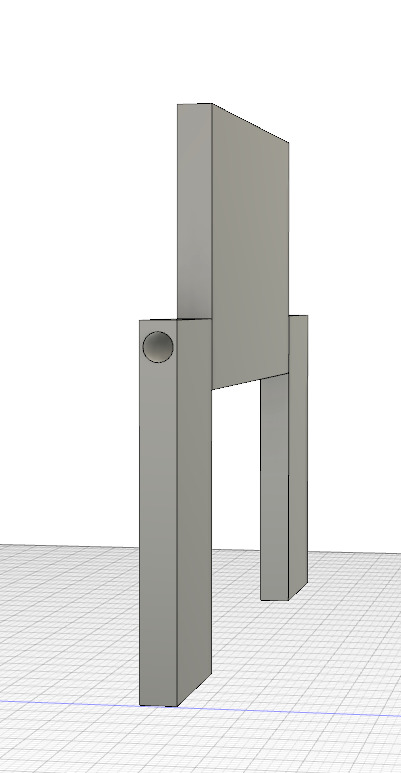

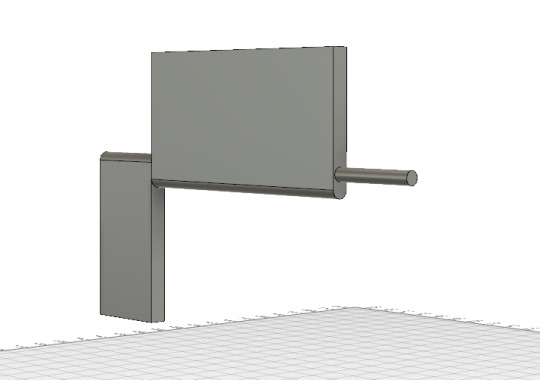
Concept 5 Development
For my second developed form, I decided to use concept 5. This will also be my final.
I chose to use the simple hinge movement for the mechanism, relating to the simplicity in the works of Hotere. This was created in Fusion 360 using the sketch, extrude, split body and fillet tool. First, I sketced a rectangle and extruded it. Second, I sketched lines and used the split body tool to seperate parts and delete parts of the rectangle so that it could function. I then sketched a circle extruding it through the form for the pivot point and also seperating the two parts. Finally, I filleted the edges to fit smoothly onto the enclosure.
0 notes
Photo
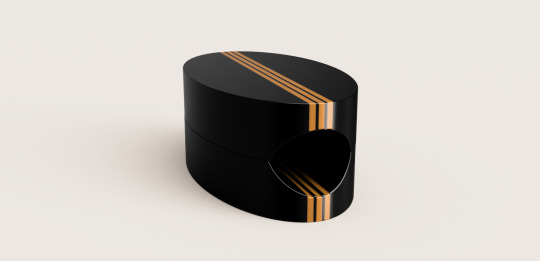



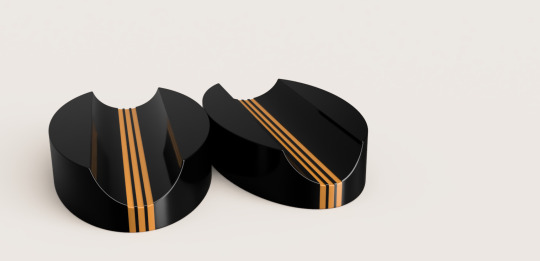
Final Renders
My 1st developed form uses the basic hinge movement. I chose this movement because it relates to the simplicity of Hotere’s work. The interior design is based on Hotere’s marriage life. Hotere married three times and which the three strips represent. The strips on the lid is indented into the form and can be used to roll the pinstripe a long to get rid of unneeded paint while the base is used to sit the pinstripe in when not in use. Also when the form is opened, it creates symmetrical balance which is a design principle Hotere used in his Black Paintings.
0 notes
Photo



Hinge Mechnism applied to Enclosure
The images above show how the mechanism functions. The top half of the mechanism is connected to the lid while the bottom half is connected to the base. Therefore, when the lid is opened, the top half of the hinge mechanism rotates with lid. The pivot point aligns with the centre of the two pieces (lid and base).
I chose to use a copy of the form for the lid to demonstrate symmetrical balance, a design principle used by Hotere in his work.
0 notes
Photo





Concept 4 Development
For my first developed form, I decided to use concept 4.
I chose to use the simple hinge movement for the mechanism, relating to the simplicity in the works of Hotere. This was created in Fusion 360 using the sketch, extrude, split body and fillet tool. First, I sketced a rectangle and extruded it. Second, I sketched lines and used the split body tool to seperate parts and delete parts of the rectangle so that it could function. I then sketched a circle extruding it through the form for the pivot point and also seperating the two parts. Finally, I filleted the edges to fit smoothly onto the enclosure.
0 notes
Text

Understanding the Mechanisms
Above I sketched out the different mechanisms I will focus on or may use. I chose the three movements of pivot, hinge, and slide. I chose these simple movement systems to relate back to the theme of minimalism and simplicity that Hotere worked with. This helped me gain a better understanding of the movements and how I may use this for my enclosure.
0 notes
Text
Mechanism Research
Pivot

To pivot is to turn or rotate, like a hinge.
Relating to the enclosure, this could be a twist top lid, or lid that opens like a door with the axis on either the left or right side of the enclosure.
Pivot joints allow for rotation, which can be external (for example when rotating an arm outward), or internal (as in rotating an arm inward). When rotating the forearm, these movements are typically called pronation and supination.
Hinge
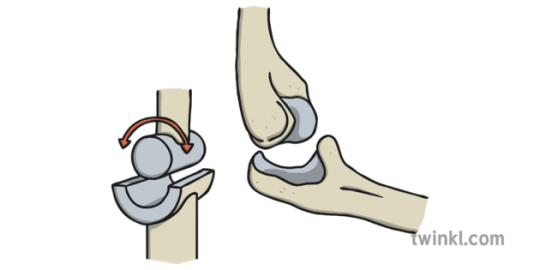
A movable joint or mechanism on which a door, gate, or lid swings as it opens and closes or which connects linked objects.
Allows movement in one direction – back and forth or flex and extend.
An example of hinge is the hip, hinge is the movement when the body bends downward and in half.
In relation to the enclosure this will be a lid that also opens like a door with the axis on either side of the enclosure.
Liner Movement/Slide

The movement of an object from one position in space to another. Physics looks at a variety of motion types, as well as aspects of motion like velocity and momentum.
If I am to use this movement for my enclosure, I would have the lid slide till edge meets edge and then hinge open.
Reference:
https://en.wikipedia.org/wiki/Pivot_joint
https://www.muscleandmotion.com/hip-hinge-2/
https://study.com/academy/answer/what-is-linear-movement.html
0 notes
Text

Ralph Hotere Indepth Background Research
Hone Papita Raukura (Ralph) Hotere was born in Mitimiti, Northland, in 1931.
One of eleven children.
A New Zealand artist of Māori descent (Te Aupōuri and Te Rarawa).
He was educated at Hato Petera College and Auckland Teachers' College, before moving to Dunedin in 1952 to specialise in art.
His time in England proved to be pivotal to his development as an artist. With the art world caught in a wave of general upheaval, Hotere found himself both influenced by the new movements and, as an outsider from New Zealand, at enough of a critical distance from what was new and trendy in British art to develop his own distinctive style.
Ralph had two important solo exhibitions in Auckland: Sangro Paintings and Human Rights (1965) and Black Paintings (1968).
In 1979, he used his friend Hone Tuwhare's well-known poem Rain to produce Three Banners with Poem, for the Hocken Library.
In 1994 Ralph received an Honorary Doctorate from the University of Otago.
He was named Hone Papita Raukura after Jean Baptiste François Pompallier, the French bishop who established the first New Zealand Catholic mission in the Hokianga in 1838.
Hotere was raised in a close Māori Catholic family in his home community of Mitimiti.
He received one of the ten inaugural Icon Awards from the Arts Foundation in 2003 and in 2006 he was awarded Te Taumata Award by Te Waka Toi recognising outstanding leadership and service to Māori arts.
He died on 24th of February 2013, aged 81 and is survived by his daughter Andrea and his wife Mary McFarlane.
“There are very few things I can say about my work that are better than saying nothing,”
‘the intelligence in ordinary things’.
He was very politically active and used his paintings as a platform for his message.
His work reflected an abstract aesthetic, often characterised by an emphasis on the colour black, the use of crosses, circles and lines, and the incorporation of the stencilled and handwritten words of poets.
Ralph Hotere married three times, first to office assistant Betty Rameka in Whāngārei on 1 September 1959. They were divorced in 1972, and Hotere married poet Priscilla Muriel Smith (Cilla McQueen) at Port Chalmers on 8 June 1973. He legally adopted Cilla’s daughter Andrea. Hotere and McQueen divorced in 1987, and on 20 February 2002 he married artist Mary Jane McFarlane in Dunedin.
I have done in-depth research on Ralph Hotere and found out the more important things about his life. What is typed in italics is the things I have chosen to try and display in the interior of the enclosure in some way. This will be shown in the next stage which will be my sketch ideas.
Reference:
https://www.thearts.co.nz/artists/ralph-hotere
http://www.artnet.com/artists/ralph-hotere/
https://teara.govt.nz/en/biographies/6h3/hotere-hone-papita-raukura-ralph
0 notes
Text
Project 2
For the 2nd project, we are challenged to gain access to the interior of our artefact, we will spatially transform our object through movement from closed to open.
Taking the idea of the “interior” of the enclosure and “closed to open”, I will focus on the more important things that occurred during Ralph Hotere’s life and what happened “in” his life. The idea of opening the enclosure and finding out whats inside or what the interior looks like, I will try and display what you will get when you look more in-depth into Hotere’s life through simple things relating back to his work.
0 notes
Photo





Precedents
Above are my precedents. These are all Black Paintings painted by Hotere which I have applied to my simple geometric designs.
My favourite would have to be the last, hence I have chosen to apply it to my form and make my final design. I like the colours used and the effects when starring at it, sort of like an illusion.
0 notes
Photo





Final Renders
For my final design, I chose a simple circular shape for my form and applied my favourite black painting of Hotere’s work onto the form. This design is a combination of concepts 1 and 5. I rendered it in Fusion360 with the material “paint - enamel glossy” to give it the reflective look I want portraying Hotere’s reflective Black Paintings.
0 notes



